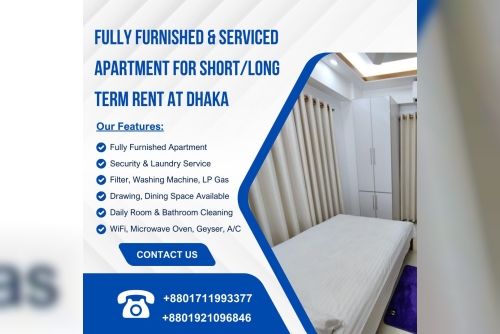A good quality of sleep plays a vital role in the overall well-being of an individual, but what exactly happens when our sleep is disrupted? It further causes various issues, such as affecting daily functioning activities, concentration level, and long-term health issues like heart disease, blood pressure, etc. Central Sleep Apnea (CSA) and Obstructive Sleep Apnea (OSA) are two common sleeping disorders that affect thousands of people globally. Let’s shed some light on outlining the difference between both sleeping conditions, obstructive sleep apnea and central sleep apnea.
Understanding Central Sleep Apnea (CSA)Central Sleep Apnea is a sleeping disorder caused by a lack of breathing issues at night while sleeping. CSA is a medical condition where the brain cannot send the necessary signals to the muscles that control breathing. This acts as a communication channel between the respiratory muscles and brain functions.
Conversely, Obstructive Sleep Apnea (OSA) is not as complex as CSA. However, OSA happens when airway tissues get blocked partially or entirely at night while sleeping. Furthermore, it can cause breathing problems. Blockage in the throat is often caused by the relaxation of throat muscles and tissues, making it difficult for air to flow. Whether you have central or obstructive sleep apnea, consulting a sleep apnea specialist is a must; otherwise, it worsens your overall health conditions.
Causes and Risk FactorsCentral Sleep Apnea is connected with certain medical health conditions or, such as heart failure, stroke, or any diseases influencing the brainstem are central sleep apnea causes.
Excess weight around the neck, obesity, and anatomic factors like a large tongue or tonsils are significant contributions to the development of OSA. Moreover, smoking cigarettes or consumption of alcohol may put an individual at high risk.
SymptomsFacing difficulty sleeping during the night, frequent awakenings at certain times throughout the night, and chronic fatigue are some common central sleep apnea symptoms. Shortness of breath.is a medical condition that can be associated with it. However, loud snoring, breathing interruptions, abrupt awakenings due to choking or gasping sounds, and daytime tiredness are some common red flags of Obstructive Sleep Apnea (OSA)
Diagnosis
Central sleep apnea can be diagnosed with a deep sleep study in which the professional monitors oxygen levels, heart rates, and breathing patterns throughout the night. Sleep apnea specialists or dentists also review the patient’s medical history, if any.
OSA is diagnosed with a sleep study similar to CSA. The study helps professionals determine the issues of interrupted breathing, oxygen levels, and other sleep-related parameters.
Treatment OptionsCentral sleep apnea can be treated by addressing the underlying medical issues or using oral dental appliances with adaptive servo-ventilation (ASV) that help regulate breathing. On the other hand, incorporating lifestyle changes such as maintaining weight, positional therapy, and Continuous Positive Airway Pressure (CPAP) machines are often used treatments for OSA.
Wrapping It UpCentral Sleep Apnea and Obstructive Sleep Apnea share common goals for disrupting sleep quality at night. But they happen for different reasons. CSA is a condition in which the brain stops sending functions to the muscles, whereas OSA is caused by physical obstructions in the airway. Understanding the difference between sleep apnea conditions plays a significant role in diagnosis and sleep apnea treatment. If you are suspected of having any sleep apnea symptoms, it is wise to consult a dentist downtown Houston for customized treatment and guidance.












